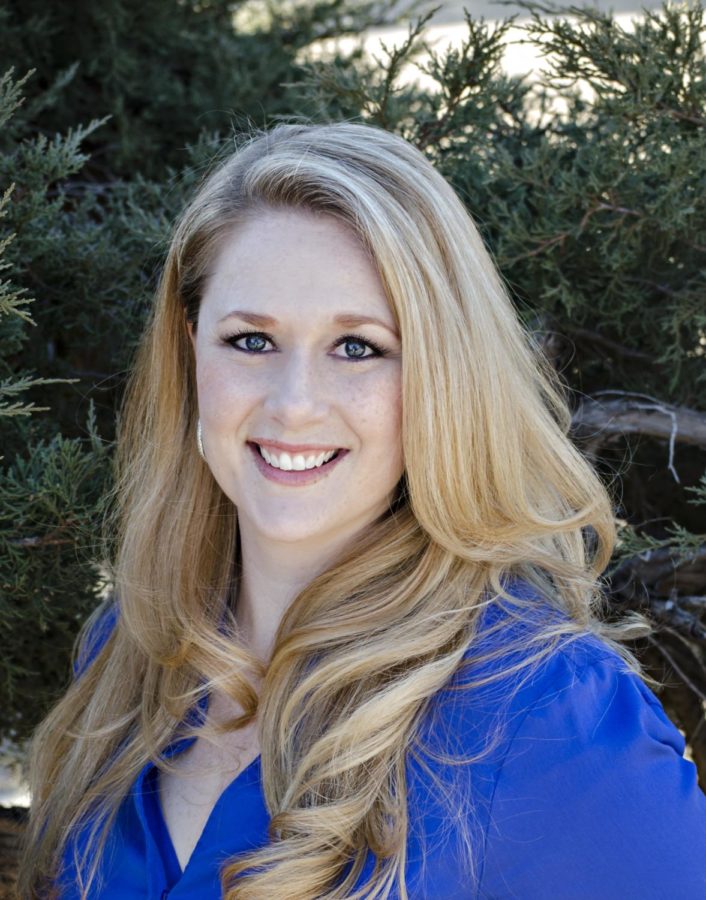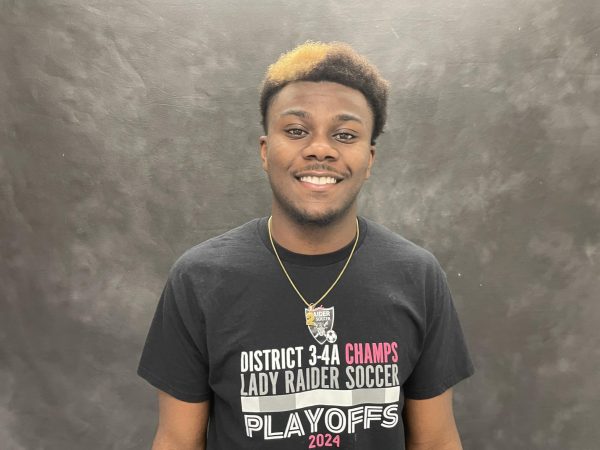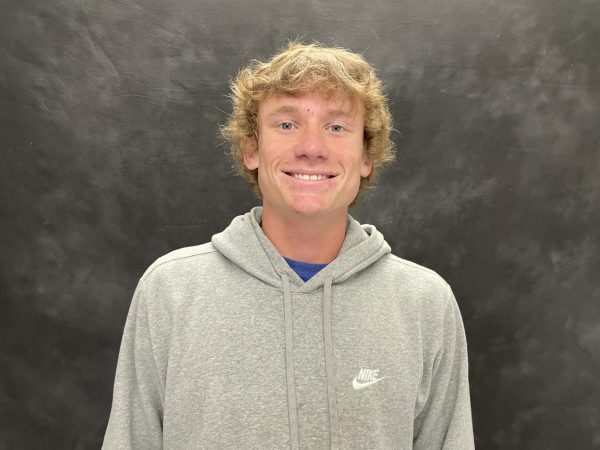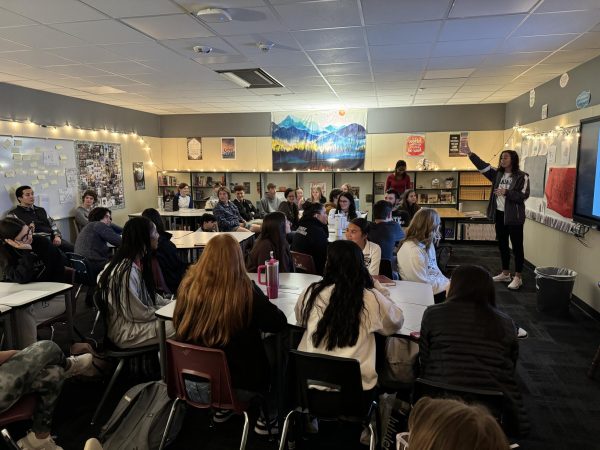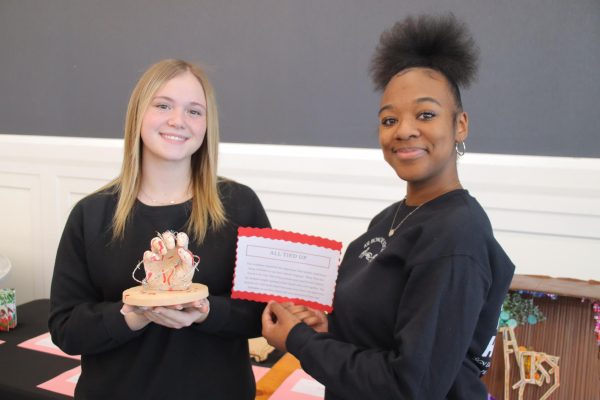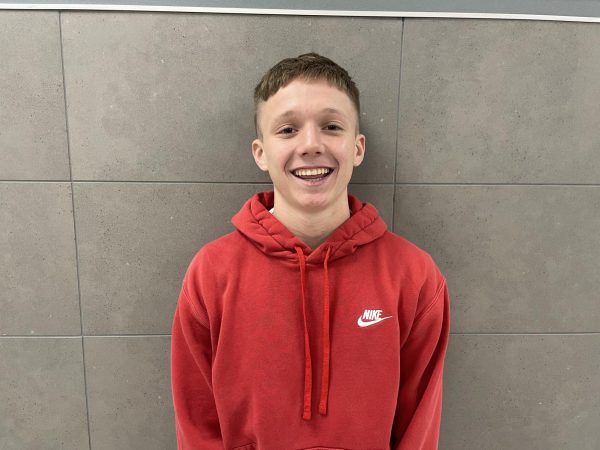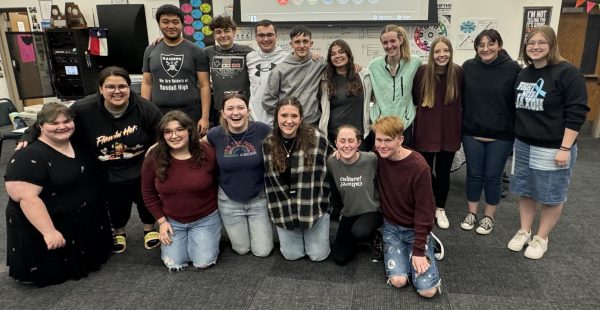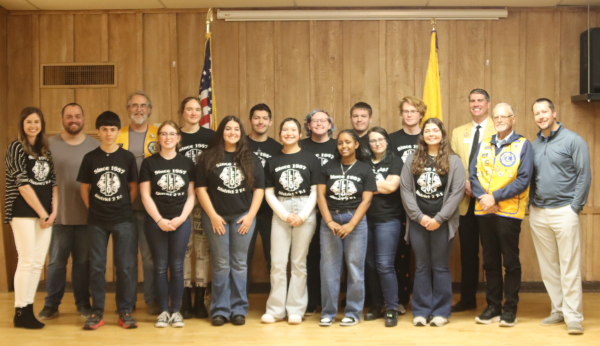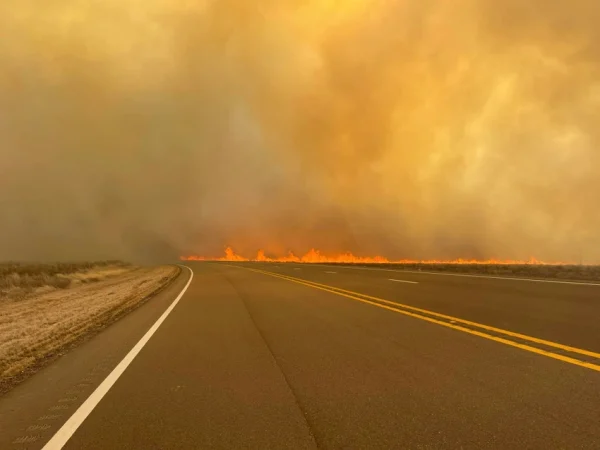Local Documentary, “Less Than,” Raises Awareness about Poverty
The local documentary, Less Than, premiered April 13 at the Globe-News Center for the Performing Arts. Less Than is a collaborative effort between ThreeLeaf Creative and United Way of Amarillo and Canyon intended to raise awareness about poverty in the Amarillo area.
Patrick Kemp of ThreeLeaf Creative was the mastermind behind the documentary. He pitched the idea to Katie Noffsker, executive director of United Way of Amarillo in Canyon who agreed to join the project. The film addresses the complex and delicate issue of poverty, and experts from organizations such as United Way, CareNet, Cal Farley’s Community Engagement Center, Amarillo College, and Amarillo Independent School District partook in the documentary.
“When Patrick presented this idea, I was really excited about it because it is a different way of trying to get your message out,” Noffsker said. “I trusted Patrick’s creativity and his ability to take something complex like poverty and put it into a format that would be easy to consume, and I believe that he has achieved that.”
Noffsker has served as the executive director of United Way for the past four years and previously worked for another United Way location. She said she considers herself the “Pied Piper” of the organization because she does outreach, convincing people to believe in United Way’s mission to help people in the Amarillo community.
“What (United Way) is trying to do is create opportunities for everyone to have a good life,” Noffsker said. “We do that through the partnerships that we forge and through the partnerships of the programs that we’re funding to convince them that we’re worth investing in and through the partnerships we make with individuals to give their time and energy to what we do to help make our community a better place.”
Less Than explains the different types of poverty and how to prevent poverty. United Way’s poverty prevention initiative says that if a person graduates from high school, works full-time, and waits until marriage or waits to receive a second steady income to have children, then he or she reduces the chances of being afflicted by poverty to two percent.
“We take this (formula), fold it into the programs we’re already involved in and get it into the hands of youth who are making those decisions,” Noffsker said. “Then we have to ask ourselves, why are youth making decisions that conflict with that plan?”
According to Noffsker, there are three types of poverty: generational, situational and immigrant. Generational poverty is also known as the poverty cycle. When a person experiences generational poverty, he or she has parents or grandparents who also experienced poverty. Situational poverty occurs when a person is in a temporary state of poverty due to unemployment or unsteady income. Immigrants may experience poverty when they leave their home country due to language barriers or inability to find immediate work.
“You can’t prevent immigrant poverty, because immigrants are going to experience that when they leave their whole world behind and come to America to start over,” Noffsker said. “We can’t prevent situational poverty because we can’t prevent situations from happening. What we can try to prevent is that repetitious generational poverty and get the message out that you don’t have to live in poverty just because your parents and grandparents and their grandparents did.”
Noffsker explained how there are misconceptions about poverty, and one of these is that people experiencing poverty are simply lazy. According to Noffsker, this assumption is far from the truth, as people who are in poverty often work very hard at their jobs. However, if they work hard enough to receive a raise, then they lose their government benefits, leaving an even larger shortage of money.
“There’s that feeling that you can never get ahead, and I think there are a lot of misconceptions about how people who are experiencing poverty spend their money,” Noffsker said. “An example would be if you look at a woman and suspect or know she’s experiencing poverty and she has a name-brand handbag, then somebody may judge her for that. It may have been a gift or it may have been something that she got at Goodwill.”
While solving the issue of poverty can seem daunting, it is possible to lend a helping hand without sacrificing too much money or time. Simply showing kindness and compassion to those affected by poverty is a step in the right direction. Plus, it doesn’t cost a cent.
“I think practicing empathy (is important in understanding poverty,)” Noffsker said. “Really look at someone’s situation and not from a place of judgement, and imagine yourself in that same situation and what kind of help you would want. A lot of times it’s just moral support, not judgement, not a handout, not a list of things that they need to do, just you saying ‘I’m here too’.”
Noffsker wanted the film to be accessible to every age group, especially middle school and high school students who are making decisions now that will dictate the rest of their lives and others’ lives.
“I think it can appeal to the CEO and the CEO’s child,” Noffsker said. “I think it can appeal to everyone and there’s not a lot of complexities in the film other than the subject matter itself, and I think everyone regardless of their perceived experience with poverty has an opinion on poverty, and so we’re either going to validate or challenge those opinions.”
For those who missed the Less Than premiere, the documentary is available on the “GO: What’s Your Plan?” app. The app is free and also includes features to help prepare seniors for college, work, and more.
“We didn’t create something for people to be entertained by and say, ‘well that was fun for an hour’ and then go on about their lives,” Noffsker said. “Less Than will work if it stirs something within people and they act on it. It will only work if it changes who you are as a human after you see it.”
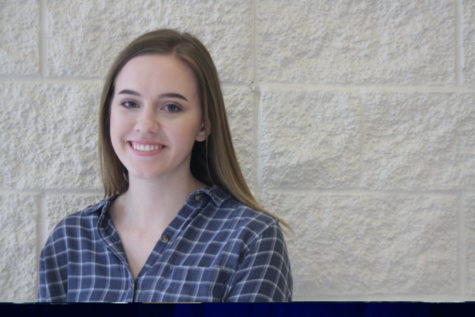
I am Abigail, I am a senior, and am editor of the newspaper for 2017-2018. I joined newspaper because I love writing and like to keep up with what is going...



